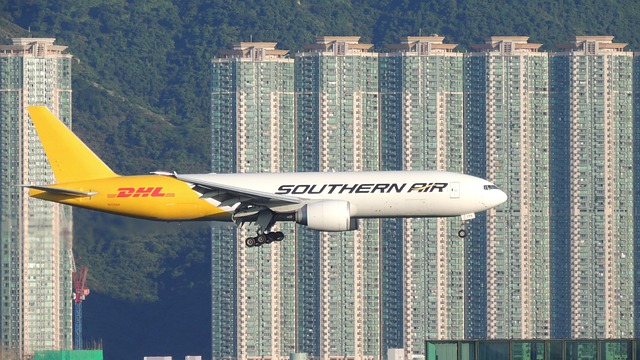Packaging innovations that extend shelf life in long-distance transit
Advances in packaging combine thermal buffering, barrier materials, and non-invasive monitoring to reduce degradation risk for temperature-sensitive consignments during extended transit. These approaches emphasize validated performance, documentation, and sustainability without detailing operational distribution procedures.

Long-distance transit exposes temperature-sensitive consignments to fluctuating ambient conditions, mechanical stress, and variable hold times that can shorten useful life. Packaging innovations now couple improved barrier films, engineered thermal systems, and digital verification to stabilize internal environments and produce auditable condition records. This article reviews material- and system-level strategies—passive thermal media, vacuum insulation, cushioning design, and telemetry—that extend effective shelf life during extended shipping lanes while avoiding procedural distribution guidance.
How does packaging reduce degradation during shipping?
Packaging forms the immediate microenvironment that controls exposure to moisture, oxygen, light, and mechanical shock. Multi-layer laminates and metallized films provide gas- and light-barrier properties, while oxygen-absorbing or moisture-scavenging liners address specific chemical vulnerabilities. Structural cushioning and molded supports limit vibration and impact on fragile containers. Design choices are validated through stability testing and transport simulations, establishing whether a pack-out preserves labeled storage attributes across anticipated transit profiles.
What coldchain materials support extended temperature control?
Cold chain strategies increasingly blend passive elements such as phase-change materials (PCMs) and vacuum-insulated panels (VIPs) with optimized insulation foams and reflective liners. PCMs are formulated to maintain a temperature plateau by absorbing or releasing latent heat for defined windows; VIPs reduce conductive transfer in space-constrained shippers. Hybrid pack-outs pair multiple passive components to lengthen protection without active refrigeration, and material selection is guided by validated time–temperature profiles derived from stability studies and real-world transit testing.
How do shipping and logistics affect packaging specifications?
Routing complexity, modal transfers, and consolidation points determine likely exposure duration and variability, which in turn inform pack-out selection. Modular inserts and standardized thermal kits let fulfillment teams scale protection to parcel size while fitting automated sortation systems. Specifying packaging against realistic logistics scenarios—rather than idealized lab conditions—helps avoid failures due to unexpected holds or multi-leg routes. Close coordination between packaging engineers and logistics planners supports resilience without prescribing distribution steps.
How do tracking and telemetry support verification and routing?
Non-invasive monitoring provides auditable condition histories that complement physical protection. Time–temperature indicators give rapid visual cues of threshold breaches, while electronic data loggers record continuous temperature, humidity, and shock profiles for archival review. Wireless telemetry and cloud dashboards enable authorized stakeholders to review condition data in near real time and generate reports for quality systems. These tools verify whether validated packaging maintained required ranges, assisting routing decisions and retrospective assessments without instructing handling procedures.
How do compliance and customs considerations influence documentation?
Claims about storage and shelf life should be backed by validation data and documented test reports. Clear labeling, tamper-evident features, and archival condition logs support regulatory reviews and inspections, while standardized documentation eases cross-border processing. Insurers and quality systems often require validated packaging and time–temperature records to evaluate post-transit condition disputes. Emphasizing evidence-based validation and traceable records helps stakeholders demonstrate performance without providing operational distribution guidance.
How can sustainability coexist with protective performance?
Sustainable packaging strategies aim to reduce lifecycle impact while maintaining thermal and barrier effectiveness. Reusable insulated containers, recyclable liners, and lighter high-performance substrates can lower waste and emissions when paired with return logistics and refurbishment programs. Lifecycle assessments compare environmental trade-offs for single-use versus reusable options, accounting for the energy and transport costs of reverse logistics. Any sustainable material substitution must undergo validation testing to confirm that protective performance during extended transit remains uncompromised.
Conclusion
Extending useful life in long-distance transit relies on validated barrier materials, appropriate passive thermal buffering, careful mechanical protection, and non-invasive monitoring that together create auditable condition records. Innovations such as phase-change materials, vacuum insulation, advanced laminates, and telemetry enhance the ability to maintain stable conditions across complex routing and hold scenarios, while lifecycle-aware material choices support sustainability goals. Prioritizing data-driven validation and documentation ensures performance is demonstrable without venturing into operational distribution instructions.






